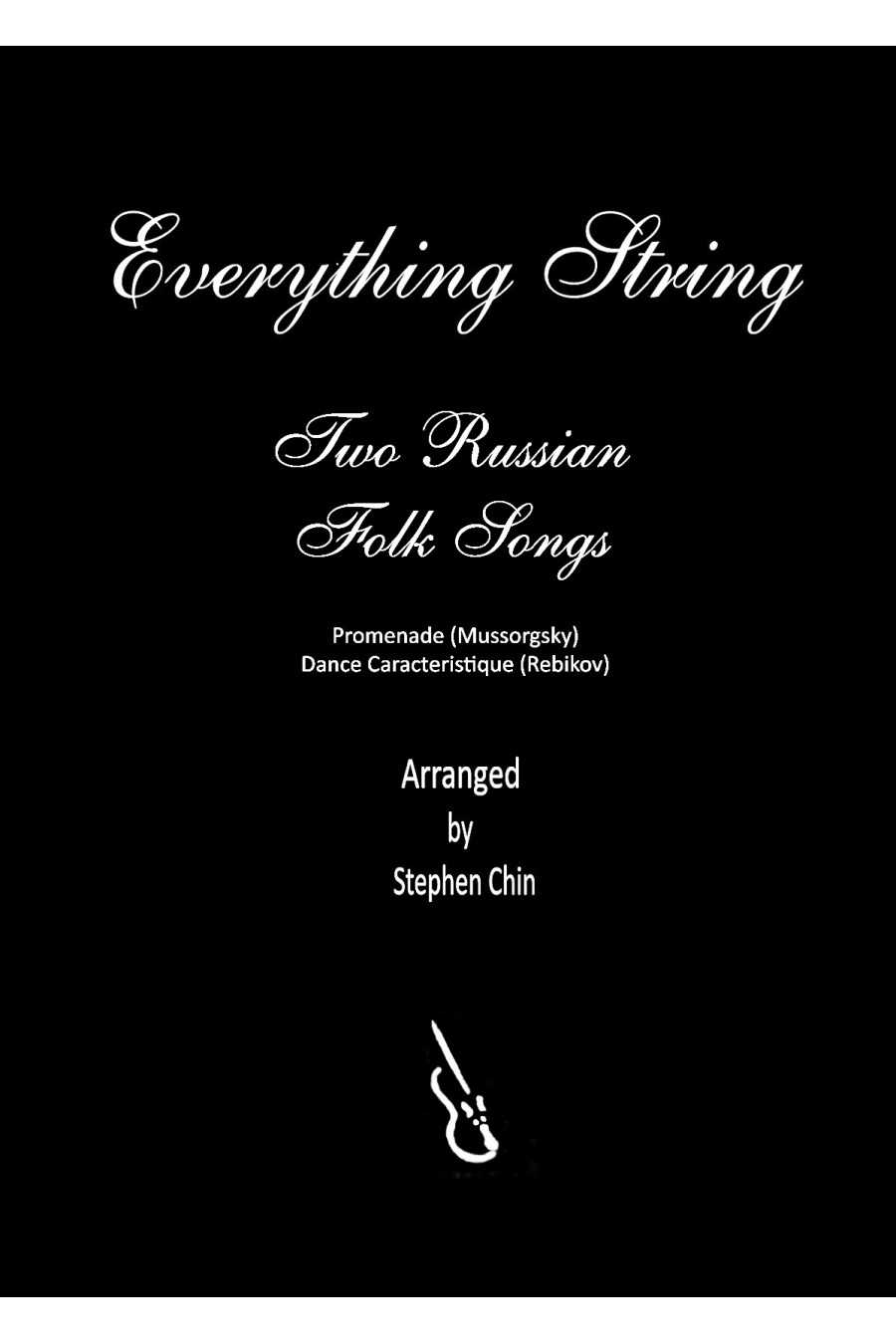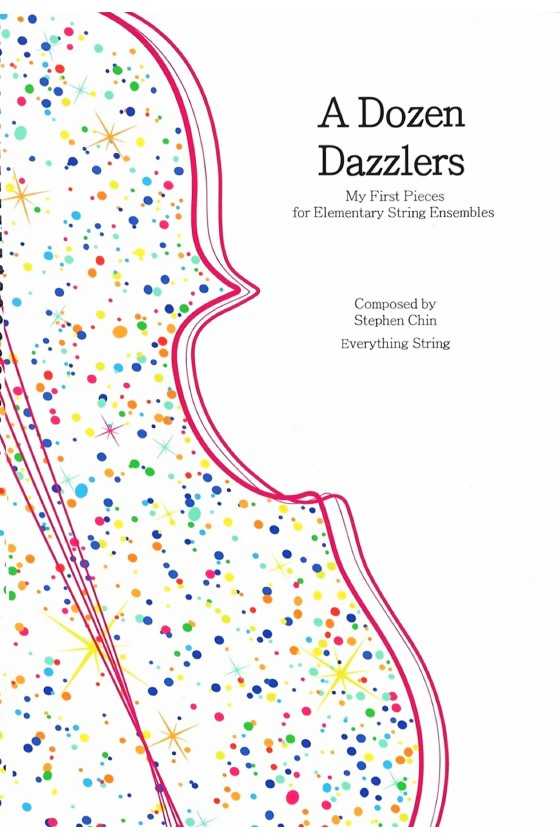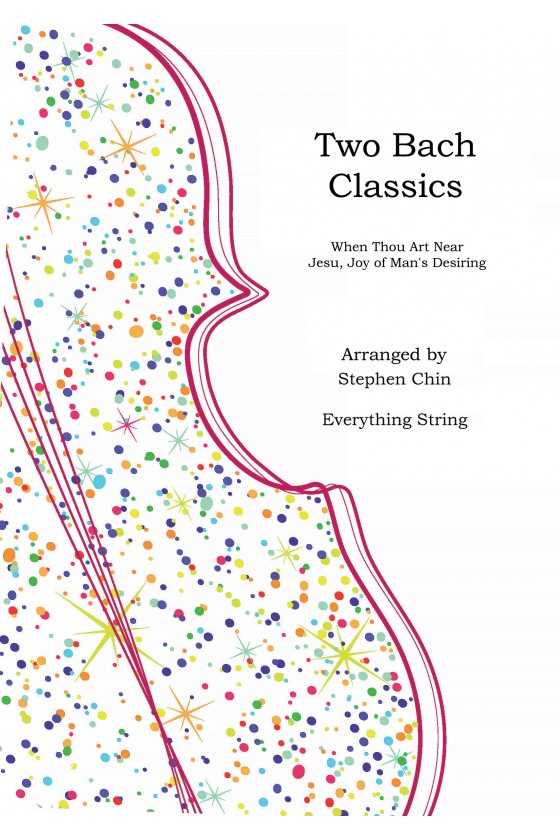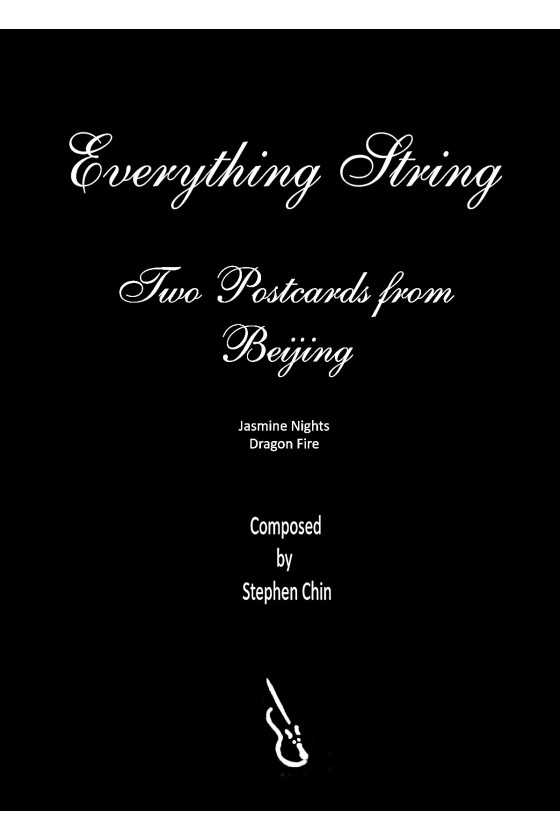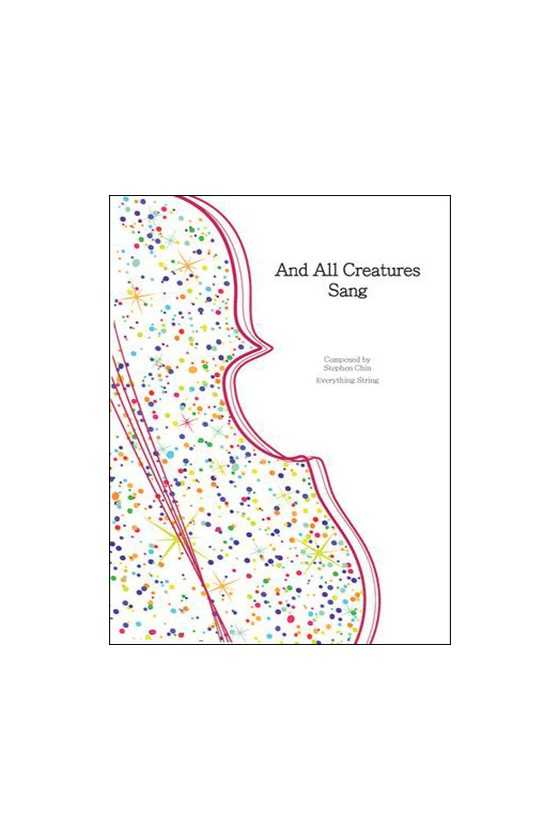Two Russian Classics by Stephen Chin
Immerse your students in the enchanting world of noble Russian music! "Pictures at an Exhibition" is a magnificent work by Mussorgsky that takes the listener on a journey through a gallery of paintings. The "Promenade" serves as a musical bridge between the paintings, changing as the listener moves from one artwork to the next. This arrangement ingeniously combines two contrasting renditions, creating a harmonious and captivating experience. "Danse Caracteristique" is a stunning piece that showcases the beauty of harmonics, syncopated accompaniments, and chromatic scales, all working together to support a range of magnificent melodies. Your students will be transported to a world of wonder and beauty through the power of Russian classical music.
1. Promenade (Mussorgsky)
2. Dance Caracteristique (Rebikov)
For String Orchestra level 2.5
